
Preparing for a
longer trip
Preparing
for a
longer trip
What’s the best boating plan?
The phrase “fail to plan, plan to fail” is key to the preparation of a longer boating trip, be that inland, or offshore.
Planning should be integral to the pleasure and build up to a memorable day on the water or a longer trip.
So what are the key areas any boater should consider before stepping on board whether you are trailering a boat to a slipway, or embarking from a marina berth ?
One of the first considerations is destination. Charting the actual route to plan a hazard free journey that is clear of any obstacles, consideration of tidal, sea and weather factors, and if part of the plan, to call ahead to the harbour or marina you are boating to and ensure there are places to berth for a stopover, or overnight as required.
A good idea is to file a “Float Plan”.
This will also allow you to leave details of your intended journey with your home departure point or a trusted ICE contact.
A float plan is an overview of your boat trip, providing vital information to assist search-and-rescue authorities in the event of a boating emergency.
Key information should include:
- Description of vessel – type of boat, size, colour, make, engine size and vessel identification number
- Name and location of marina or slipway when you departed
- Tow vehicle make, location and license plate – if appropriate
- Names, ages of all onboard – including any medical conditions or special needs – contact details / mobile ‘phone numbers / home addresses
- Intended route itinerary, arrival times and return
If your plans change due to weather, mechanical issues or a change in route, advise and update those holding the Float Plan, and naturally confirm when you arrive back safely.
With regards to route planning, the Simrad® app can effectively be employed as a standalone tool, or synced with Simrad® devices to create waypoints and chart a destination route.
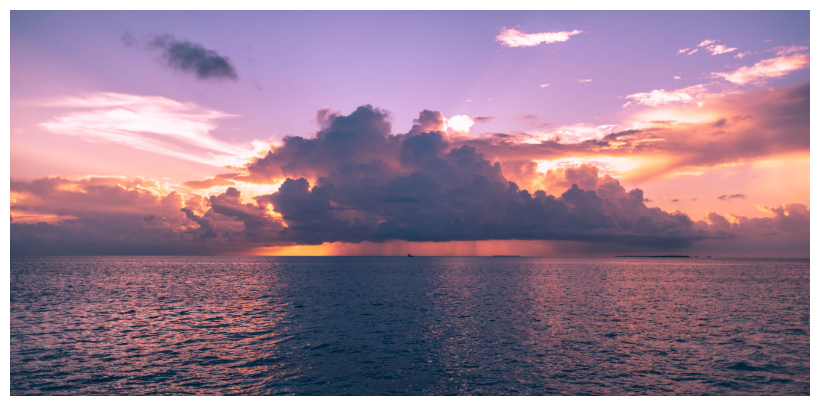
How do I check for weather?
Checking the weather forecast on the Simrad® App for example will give you options for “Manual Routing, Automatic Routing, Measure Distance and Weather Forecast” creating key waypoints from your departure point to your intended destination or input “route to”.
The App is a very clever and user-friendly piece of technology and demonstrates the value Simrad’s state-of-the-art marine electronics in delivering measurable benefits to the boater in terms of enhanced performance, safety and enjoyment.
Inputting different routes when off water is time well spend and adds to your ability to effectively make changes whilst on the water if the need arises.
Alternatively, employing a Simrad® Chartplotter with C-Map® software in the days before a trip to plan a route, to input different scenarios and practice setting waypoints or course corrections, or to confirm an optimum journey is a pragmatic investment, particularly when away from a busy helm on a journey with real time changing conditions.
A chartplotter will also assist with mapping areas of shallow water when leaving a marina or entering an unfamiliar docking area.
It is also wise to have paper charts which cover your route intended stops for reference and back up.
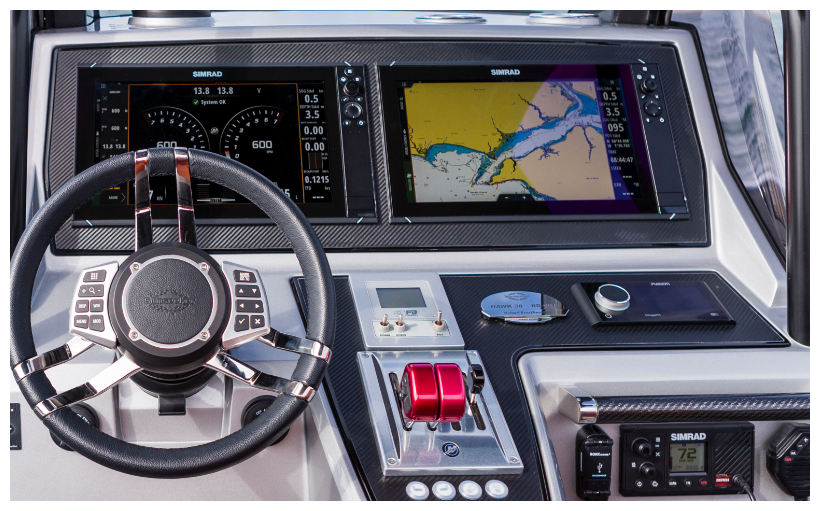
What's my boating safety checklist?
With factual information to hand as to the conditions on the journey, this will allow you to check that all safety measures and equipment are in place, to conduct a safety briefing with those on board and provision for the trip with adequate supplies of food, drink and clothing appropriate for the trip.
Boat safety starts with a visual check, both around the hull where possible and the deck to ensure no defects, breakages or hazards, the anchor is present and appropriate for your trip and there are extra dock lines. At least two fenders should be on board for docking.
A thorough systems check can follow, inspecting the engine, fluids, batteries and correct function of all lighting.
Bilges need to be checked to ensure they are reasonably dry, and the pumps function correctly.
A ventilation check is an imperative to ensure all interior spaces are well ventilated prior to departure, checking for any fuel smells and noxious odours.
The silent danger is Carbon monoxide - CO. Any enclosed or semi enclosed areas should have at least one working carbon monoxide detector.
Vital safety equipment includes:
- Lifejackets and personal floatation devices – PFD’s. It is wise to know the rules of the country you are boating in as they are different.
- Throwable floatation device – in the case of man overboard, or an individual in distress in the water
- Fire extinguishers – It is a legal requirement for boats under 26 feet to have one B-1 type extinguisher on board, and for boats over 26 feet to have two B-1 type and one B-2 type. Ensure guests are familiar with their usage
- Visual signalling devices - Boats under 16 feet must have flares or nighttime signals. Boats over 16 feet must carry visual signals for both day and night use Sound signalling devices – Horns capable of a four second blast audible for at least ½ mile and whistles can attract help both day and night. Vessels over 39 feet are advised to carry a bell, sounded at regular intervals in the event of limited visibility such as fog
Clothing – It is essential all those on board have the current clothing for the forecast weather. A common mistake is to underestimate the effect of wind chill, or cold leading to hyperthemia, or sunburn and sunstroke. Dress accordingly
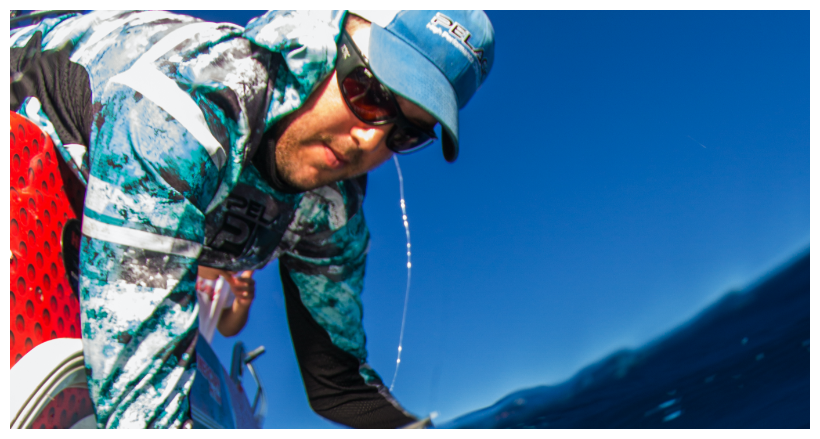
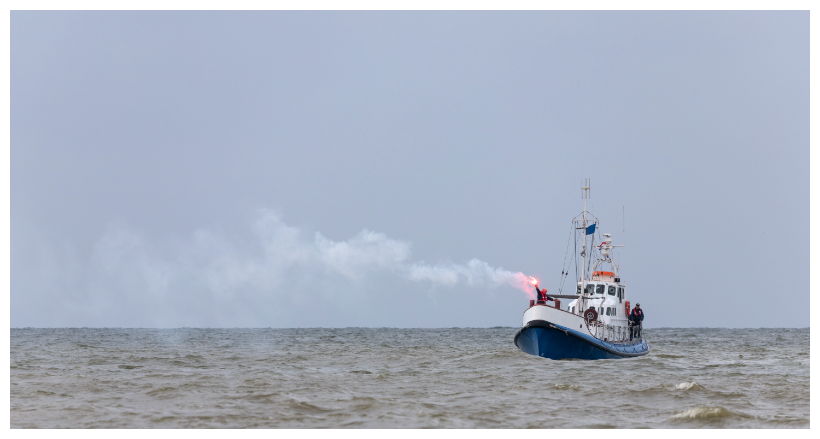
Additional equipment should include:
- First aid kit
- Suncreen and sun safety
- Anchor with spare lines
- VHF radio
- Knife
- Toolkit with essential spare parts – bulbs, fuses, belts and oil for example
- Flashlight
- Snorkel and mask
Brief your crew and passengers as to the locations and correct use of the above. Many marinas offer a vessel check to ensure structure, mechanics and electronics are in full working order.
How do I fuel for my journey?
With the tide, sea and prevailing weather conditions known, an informed decision can be made with regards to fuel. How much is left from before? Is there any contamination in the tank or the fuel lines? What is your engine’s fuel consumption and does it relate to the distance of your intended trip and the forecast conditions? A beam sea for a long duration will burn fuel above your expected consumption.
Accurate refuelling can be made, with a contingency.
In undertaking a journey, it is very easy to travel out of sight of land. Out-of-sight-of-land passages can create new challenges for even the most experienced boater. Changing sea conditions, if not recognised can direct a vessel off it’s intended course, increasing the journey distance and progress, resulting in the unplanned consumption of fuel and missed schedules, both important factors of a journey.
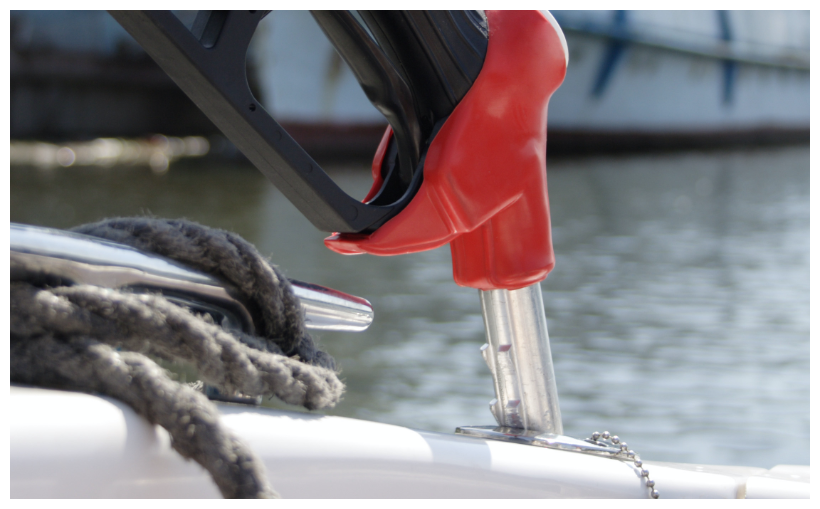
What marine electronics do I need?
The marine electronics offered by Simrad® can be of vital assistance in the planning of the trip and throughout the journey, providing realtime information to make informed decisions.
Having a VHF radio on board and being familiar with it’s capabilities and function is a baseline imperative for any boater.
The ability to listen and understand what is going on around you on the water adds to the safety and pleasure of your trip.
Communications to surrounding vessels and onshore parties can be made via VHF, an area where Simrad® has particular expertise and offers a range of products for all boats and boaters.
Having radar on board and understanding the function and capabilities of your particular model is not only a vital addition to your boating activities, but provides information which allows you to make course corrections and take appropriate actions should the occasion require.
















